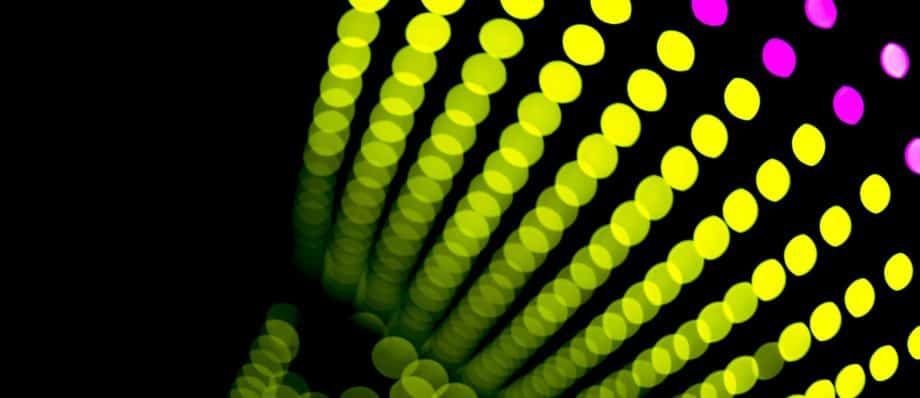The Science of Colour: Leveraging Psychology in Graphic Design Services
In the dynamic world of graphic design, every choice matters. From font selection to layout, every element influences the viewer’s perception and understanding of the message. However, few choices are as impactful and nuanced as colour. Colour is not merely a visual cue; it’s a powerful tool that can evoke emotions, convey messages, and shape perceptions. Understanding the science of colour psychology is essential for graphic designers seeking to create compelling and effective designs that resonate with their audience.
The Basics of Colour Psychology
Before delving into the application of color psychology in graphic design, it’s crucial to understand the basics. Colour psychology is the study of how colours affect human behavior, emotions, and perceptions. Different colours can evoke different responses, and these responses can vary based on factors such as culture, personal experiences, and context.
For example, red is often associated with passion, energy, and urgency, while blue is linked to calmness, trust, and stability. Yellow is often associated with happiness and optimism, while green is associated with nature, growth, and health. Understanding these associations allows graphic designers to strategically select colours that align with the desired message and emotional response.
Applying Colour Psychology in Graphic Design
In graphic design, colour serves multiple purposes beyond aesthetics. It can help establish brand identity, guide the viewer’s attention, and evoke specific emotions or actions. Here’s how designers can leverage colour psychology to create more impactful designs:
- Establishing Brand Identity: Colour plays a crucial role in brand identity. Consistent use of color can help reinforce brand recognition and evoke specific brand associations. For example, the vibrant red of Coca-Cola is instantly recognisable and conveys energy and excitement, while the sleek black and white of Apple exude sophistication and simplicity.
- Creating Contrast and Hierarchy: Strategic use of color can help create contrast and hierarchy within a design, guiding the viewer’s attention to key elements. Bright, contrasting colours can draw attention to important information or calls to action, while muted tones can provide background or context without overwhelming the viewer.
- Eliciting Emotions and Responses: Different colours evoke different emotional responses, making them powerful tools for shaping the viewer’s experience. Warm colors like red, orange, and yellow can create a sense of urgency or excitement, while cool colours like blue and green can evoke calmness and trust. By understanding these associations, designers can choose colours that align with the intended emotional response of the design.
- Cultural Considerations: It’s essential to consider cultural differences when selecting colours for global audiences. Colours can have vastly different meanings and associations across cultures. For example, while white is associated with purity and cleanliness in Western cultures, it symbolises mourning and death in many Asian cultures. Designers must research and understand the cultural significance of colors to avoid unintended misinterpretations.
- Accessibility and Inclusivity: Colour choices also play a significant role in accessibility and inclusivity. Designers must ensure that colour combinations are accessible to individuals with visual impairments, such as colour blindness. Using color contrast tools and guidelines provided by accessibility standards can help ensure that designs are inclusive and accessible to all users.
Case Studies: Color in Action
To illustrate the practical application of colour psychology in graphic design, let’s examine a few case studies:
- Call-to-Action Buttons: In web design, the colour of call-to-action (CTA) buttons can significantly impact conversion rates. Research has shown that vibrant colours like red and orange tend to attract more attention and prompt action, making them effective choices for CTA buttons. However, the specific colour choice should align with the brand identity and desired emotional response.
- Brand Logo Redesign: When redesigning a brand logo, designers must consider the emotional associations and cultural significance of colour choices. For example, when Pepsi redesigned its logo in 2008, it opted for a blue color scheme to convey trust and reliability, aligning with the brand’s positioning as a refreshing beverage choice.
- Packaging Design: In product packaging design, colour can play a crucial role in influencing purchasing decisions. For example, food brands often use warm, appetising colours like red and orange to stimulate appetite and convey freshness. Similarly, eco-friendly products may use earthy green tones to communicate sustainability and environmental consciousness.
In the world of graphic design, colour is far more than a visual aesthetic—it’s a powerful tool for communication, emotion, and persuasion. By understanding the science of colour psychology and its practical applications, designers can create more impactful and effective designs that resonate with their audience. Whether establishing brand identity, guiding viewer attention, or eliciting emotional responses, colour plays a central role in shaping the viewer’s experience and perception. By leveraging the science of colour psychology, graphic designers can elevate their craft and create designs that leave a lasting impression.
Article Sponsored by:

Email: support@abcservice.co.uk
Website: https://www.abcservice.co.uk



